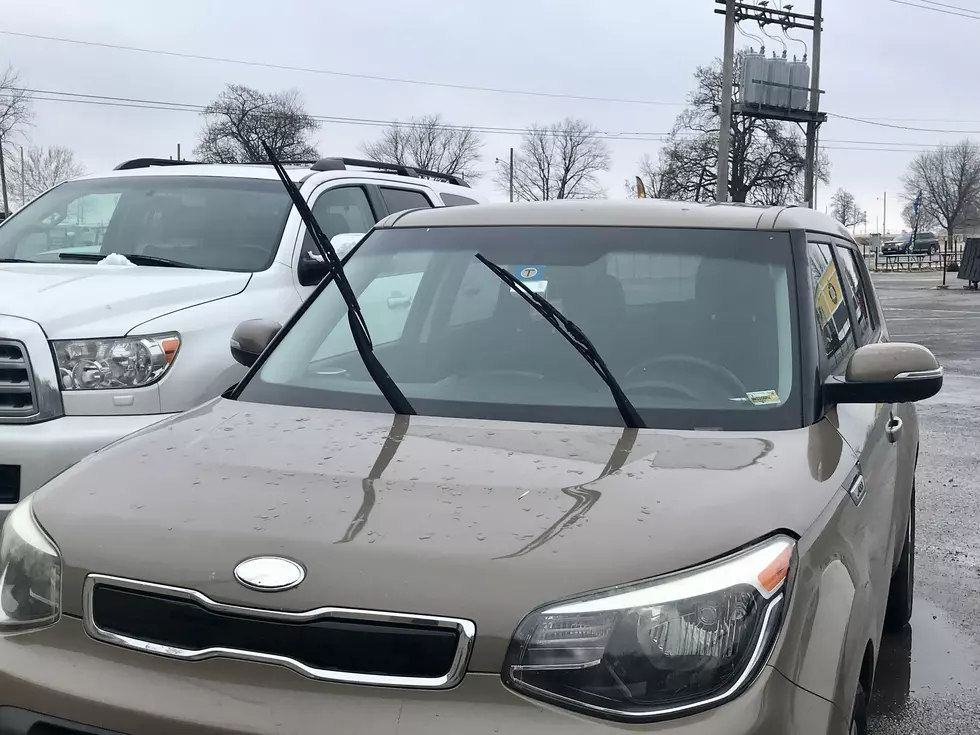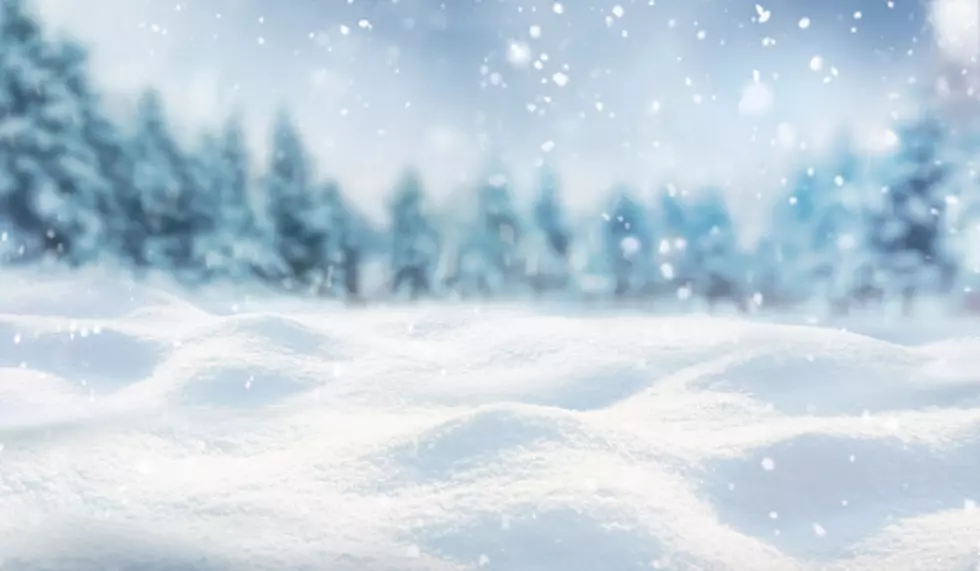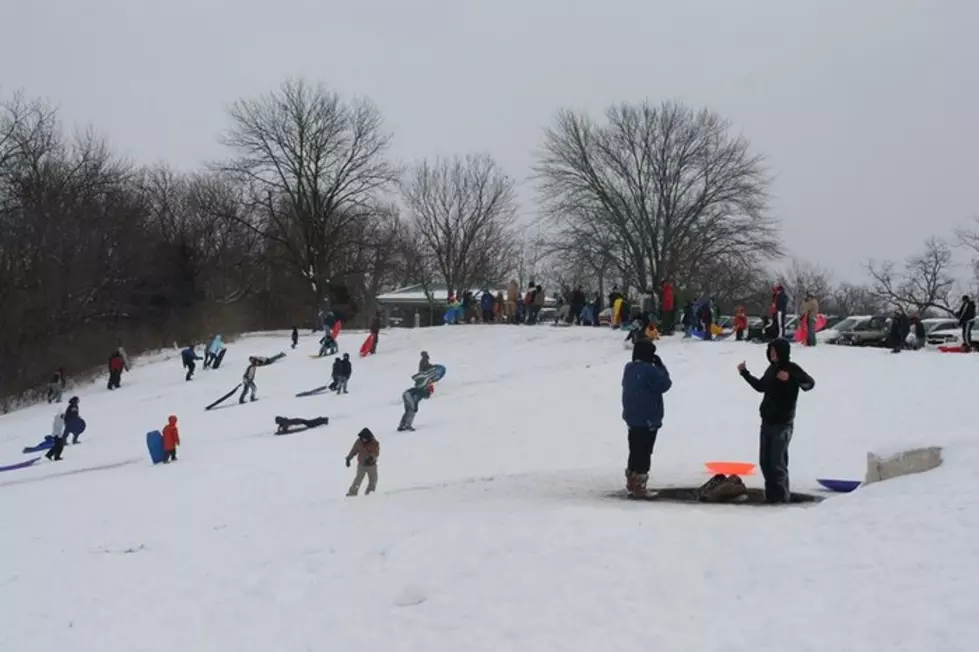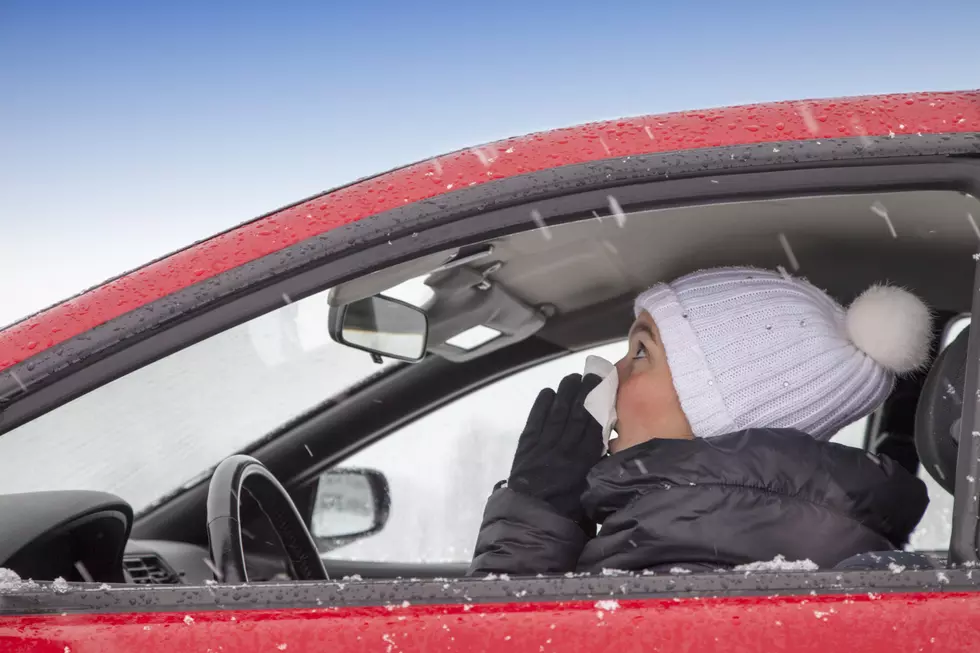
Car Stuck In Snow? Here’s What You Should Do
I was watching the new yesterday and saw that big pile up on I-95 in Virginia that left hundreds of people stranded in the snow and ice for more than 24 hours. Didn't look like a lot of fun. I can also recall a few years ago, making the stupid decision to drive home from Jefferson City to my home in Illinois in a brutal snow storm. I made it without incident, but in hindsight, I should have stayed behind and make the trip the following day.
It got me to thinking, that if I got stuck in snow, what would I do? Am I prepared? My vehicle isn't really built for deep snow. Thankfully the Red Cross has some guidelines that you can follow.
1. Grab your emergency kit, if you've got one. Everyone should, especially if you're driving in winter weather. A good kit includes things like blankets, flashlights, non-perishable food, and water.
2. If you can't get help or find shelter, stay in your car. It depends on how bad the snow is. But in general, don't leave your car unless help is visible within 100 yards. It's easy to get turned around in a snowstorm and lose track of your car. Then you're screwed.
3. Don't run the heater more than 10 minutes per hour. That should keep you warm enough to survive, but also save gas. Just make sure your exhaust pipe doesn't get blocked by snow, or you could end up with a carbon monoxide issue.
4. If you've got passengers, huddle together to stay warm. And cover up with whatever you can if you don't have blankets.
5. Make sure someone knows you're in trouble. If the whole highway is jammed up, you're not alone. But if you're in a remote area by yourself, call for help. If that's not possible, tie a colorful piece of fabric to your antenna, or hang it out your window to let people know you're in distress.
Hope these tips will help this winter. Good luck.
LOOK: The most expensive weather and climate disasters in recent decades
More From AM 1050 KSIS










